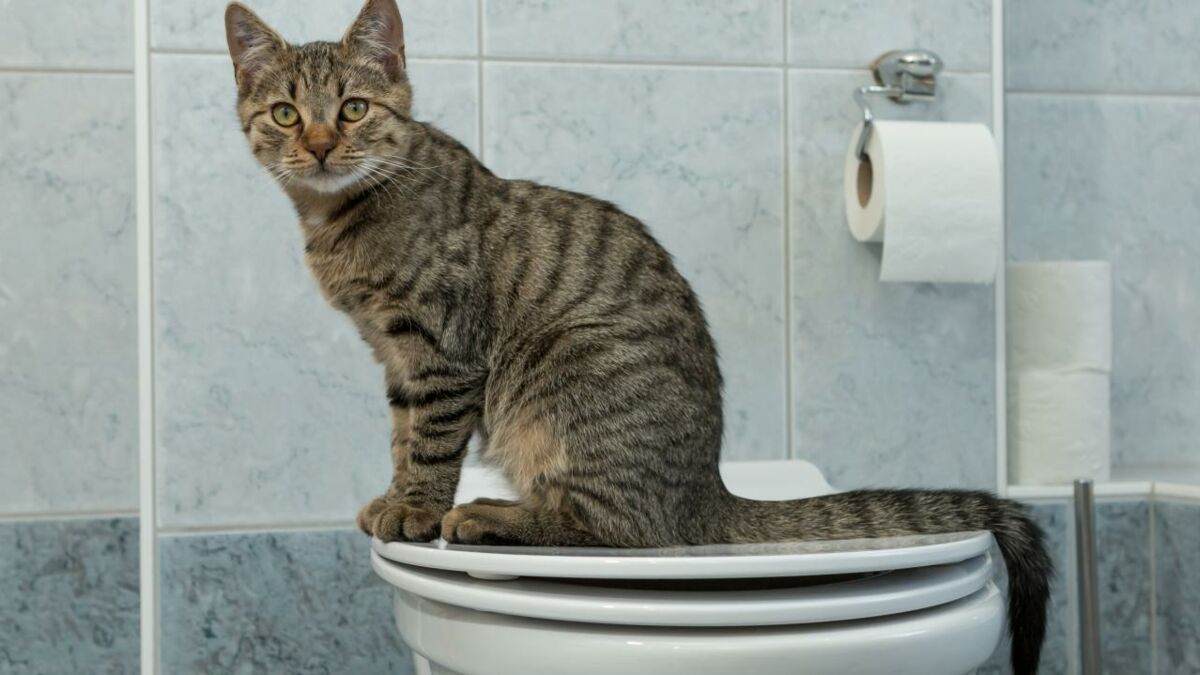What're your thoughts about Should you flush animal waste down the toilet?

When it comes to throwing away waste, particularly animal waste, many individuals frequently consider the convenient alternative of flushing it down the bathroom. Nonetheless, this apparently very easy option can have significant effects for the atmosphere and public health. In this article, we'll check out why flushing animal waste down the commode is a bad concept and provide different methods for proper disposal.
Intro
Correct waste disposal is vital for maintaining ecological sustainability and public health. While it may appear harmless to flush animal waste down the bathroom, it can lead to numerous problems, both for the environment and human well-being.
Dangers of flushing animal waste
Environmental influence
Purging animal waste presents dangerous germs and virus into rivers, which can negatively affect water ecosystems. These pathogens can pollute water sources and damage aquatic life, disrupting delicate ecosystems.
Public health concerns
Animal waste has hazardous bacteria such as E. coli and Salmonella, which can pose serious health and wellness threats to human beings. Flushing pet waste down the bathroom can pollute water materials, leading to the spread of diseases and infections.
Alternatives to flushing
Rather than purging pet waste down the commode, there are several alternative disposal methods that are much more eco-friendly and hygienic.
Composting
Composting pet waste is an environmentally friendly way to get rid of it. By composting, organic matter is broken down right into nutrient-rich dirt, which can be made use of to fertilize gardens and plants.
Land fill disposal
Getting rid of pet waste in a garbage dump is an additional here option. While not as environmentally friendly as composting, it is a much safer option to flushing, as it stops the contamination of water sources.
Family pet waste disposal systems
There are specific animal garbage disposal systems readily available that securely and hygienically take care of pet waste. These systems commonly utilize enzymes to break down waste and eliminate odors.
Actions to correct pet waste disposal
To make sure appropriate disposal of animal waste, adhere to these steps:
Scooping and bagging waste
Routinely scoop and bag pet waste utilizing biodegradable bags. This protects against waste from polluting the environment.
Making use of designated waste bins
Dispose of bagged animal waste in assigned waste containers, such as compost bins or land fill bins. Stay clear of flushing it down the toilet whatsoever expenses.
Cleansing can and animal areas consistently
Regularly clean litter boxes and animal areas to avoid the build-up of waste and microorganisms. Use pet-safe cleaning items to keep hygiene.
Benefits of appropriate disposal approaches
Taking on correct disposal methods for animal waste uses a number of benefits:
Decreased environmental pollution
Correct disposal approaches decrease the danger of environmental pollution, protecting waterways and ecological communities from contamination
Lessened risk of water contamination.
By preventing flushing animal waste down the commode, the threat of water contamination is considerably decreased, guarding public health.
Boosted sanitation and hygiene
Appropriate disposal approaches promote far better hygiene and hygiene, producing a much safer environment for both human beings and animals.
Conclusion
Finally, flushing animal waste down the commode is hazardous to the environment and public health. By adopting different disposal approaches and following appropriate waste management practices, we can lessen the unfavorable effect of animal waste and contribute to a cleaner, much healthier planet.
What To Do With Dog Poo – The Do's And Don'ts Of Disposing Of Faeces
Dog poo bins
Some councils provide dedicated dog waste bins in popular dog-walking areas that can take dog poo that has been bagged but you can legally dispose of dog waste in any public litter bin, as long as it is securely bagged. This also applies to your wheelie bin at home.
Do not flush
Water companies do not recommend flushing dog faeces down the toilet because certain parasites can survive the water processing treatment and are potentially harmful to humans. You should also never consider flushing dog poo that has been bagged down the toilet as the bags will not break down and instead create severe blockages in the sewage system.
In the woods
The Forestry Commission promotes a ‘stick and flick’ method for dealing with waste in the woods. This means finding a stick and using it to flick any poo from off the path so that it is out of the way of other walkers. You could also bury it as long as it is not in an area where there might be livestock.
Livestock
Parasites found in dog poo can be transmitted to livestock if they inadvertently eat infected faeces that has been left on grazing land. This could result in the death of sheep or abortion in cattle so you should always make sure you pick up your dog’s waste in fields where livestock could be present.

Regularly clean litter boxes and animal areas to avoid the build-up of waste and microorganisms. Use pet-safe cleaning items to keep hygiene.
Benefits of appropriate disposal approaches
Taking on correct disposal methods for animal waste uses a number of benefits:
Decreased environmental pollution
Correct disposal approaches decrease the danger of environmental pollution, protecting waterways and ecological communities from contamination
Lessened risk of water contamination.
By preventing flushing animal waste down the commode, the threat of water contamination is considerably decreased, guarding public health.
Boosted sanitation and hygiene
Appropriate disposal approaches promote far better hygiene and hygiene, producing a much safer environment for both human beings and animals.
Conclusion
Finally, flushing animal waste down the commode is hazardous to the environment and public health. By adopting different disposal approaches and following appropriate waste management practices, we can lessen the unfavorable effect of animal waste and contribute to a cleaner, much healthier planet.
What To Do With Dog Poo – The Do's And Don'ts Of Disposing Of Faeces
Dog poo bins
Some councils provide dedicated dog waste bins in popular dog-walking areas that can take dog poo that has been bagged but you can legally dispose of dog waste in any public litter bin, as long as it is securely bagged. This also applies to your wheelie bin at home.
Do not flush
Water companies do not recommend flushing dog faeces down the toilet because certain parasites can survive the water processing treatment and are potentially harmful to humans. You should also never consider flushing dog poo that has been bagged down the toilet as the bags will not break down and instead create severe blockages in the sewage system.
In the woods
The Forestry Commission promotes a ‘stick and flick’ method for dealing with waste in the woods. This means finding a stick and using it to flick any poo from off the path so that it is out of the way of other walkers. You could also bury it as long as it is not in an area where there might be livestock.
Livestock
Parasites found in dog poo can be transmitted to livestock if they inadvertently eat infected faeces that has been left on grazing land. This could result in the death of sheep or abortion in cattle so you should always make sure you pick up your dog’s waste in fields where livestock could be present.

I ran across that page on Can You Flush Dog and Cat Poo Down the Toilet? while browsing on the search engines. Are you aware of somebody else who is curious about 10 Things You Should Never Flush Down The Toilet? Take a moment to promote it. Thanks a lot for going through it.
This Website